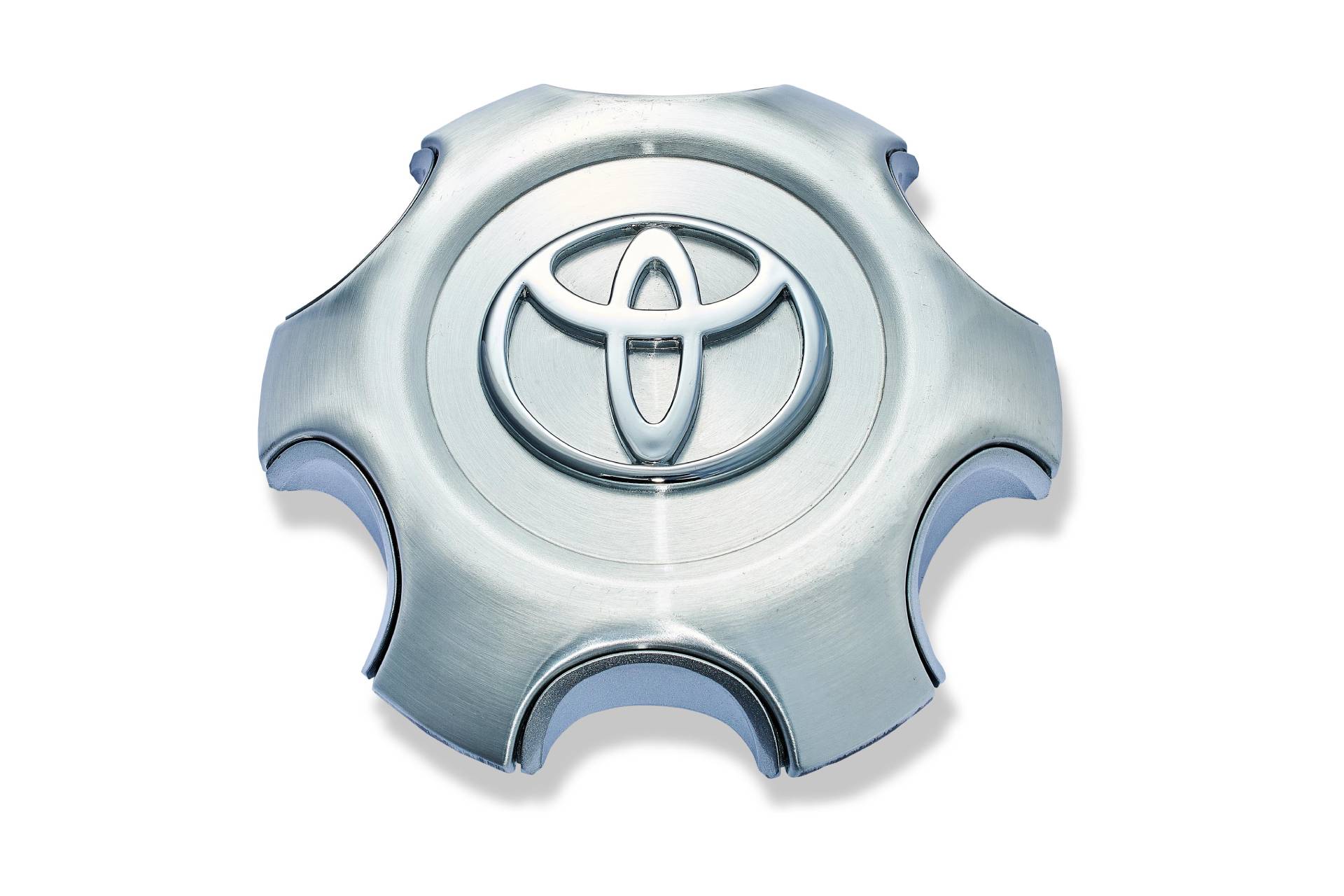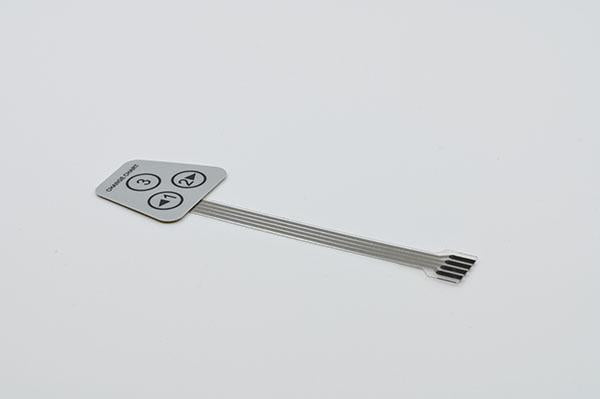Comprehensive Membrane Switch Manufacturer for Niche Applications
Wiki Article
Exploring the Production Process of Membrane Switch for Different Industries
The manufacturing process of Membrane buttons is an intricate undertaking that demands accuracy and focus to detail. From selecting ideal products to carrying out rigorous high quality control procedures, each step plays a vital duty in guaranteeing capability. Various sectors, consisting of clinical and automobile, depend on these parts for their distinct applications. Understanding the complexities of this process exposes considerable understandings into how these buttons are generated and their influence throughout diverse sectors.Comprehending Membrane Switches Over: An Overview

Secret Materials Made Use Of in Membrane Switch Manufacturing
In Membrane button manufacturing, the selection of key products considerably influences performance and resilience. Conductive materials, adhesives, and layers play crucial roles, while substratum option impacts total efficiency and integrity. Comprehending these components is necessary for maximizing the layout and manufacturing of Membrane buttons.Conductive Products Introduction
Conductive products play a crucial role in the capability of Membrane switches, ensuring trusted electric links within the device. Frequently made use of products include silver, copper, and carbon-based inks, each offering unique benefits. Silver is preferred for its high conductivity and toughness, making it ideal for applications calling for durable performance. Copper, while a little much less conductive than silver, is an economical choice usually used in printed circuits. Carbon-based inks give a versatile choice, suitable for applications where versatility and lower costs are prioritized, although they have actually lower conductivity compared to steel choices. The option of conductive products straight impacts the total dependability, life-span, and performance of the Membrane button, making it a vital consideration in the manufacturing procedure.Adhesives and Coatings
Adhesives and finishes are vital elements in the production of Membrane buttons, supplying vital bonding and safety residential or commercial properties. These products ensure that numerous layers of the button, consisting of visuals overlays and circuitry, adhere safely to one another, improving longevity and performance. Generally used adhesives consist of pressure-sensitive adhesives (PSAs) and epoxy-based formulas, which offer strong bond and resilience. Coatings, such as polyurethane or acrylic, serve to shield against ecological elements, consisting of wetness, abrasion, and chemicals. In addition, coatings can improve tactile comments and aesthetic appeal, adding to the general user experience. The option of suitable adhesives and finishes is essential for optimizing efficiency and durability in diverse applications across various sectors, guaranteeing that Membrane switches fulfill details operational demands.Substrate Selection Factors
Substrate option plays a vital function in the manufacturing of Membrane switches, as it substantially affects their total performance and toughness. Secret materials such as polyester, polycarbonate, and flexible printed motherboard (FPCBs) are commonly used for their distinct buildings. Polyester is preferred for its cost-effectiveness and resistance to abrasion, making it suitable for applications with high wear. Polycarbonate deals premium quality and influence resistance, ideal for environments requiring high exposure. FPCBs provide boosted adaptability and are often made use of in complex layouts. The option of substrate additionally affects aspects like thermal security, chemical resistance, and ease of printing. Inevitably, selecting the appropriate substrate is vital for making sure the performance and long life of Membrane changes throughout numerous sectors.The Design Refine of Membrane Switches Over
The layout process of Membrane buttons is a critical phase that significantly influences the functionality and looks of the final product - membrane switch manufacturer. It starts with specifying the certain needs of the application, consisting of dimensions, switch design, and responsive responses choices. Designers need to take into consideration individual interaction, making certain that the switch is instinctive and accessible.Next, products are picked based on durability, versatility, and environmental resistance. The integration of graphics and branding aspects is additionally important, as it boosts aesthetic allure and interaction. Prototyping permits for iterative testing, making it possible for changes based on user feedback and performance evaluations.Additionally, the design needs to make up the electric parts, such as circuits and connectors, ensuring reliability and convenience of use. Ultimately, an effective design balances capability, aesthetic appeals, and customer experience, leading the way for reliable production and durable performance in numerous industriesPrinting Strategies for Membrane Changes
The printing strategies used in Membrane button production play a vital duty in figuring out the end product's quality and functionality. Display printing supplies advantages such as sturdiness and vibrant color application, while electronic printing technologies give flexibility and precision in design. Comprehending these methods can greatly impact the overall efficiency of Membrane buttons in numerous applications.Display Printing Benefits
Countless benefits make screen publishing a preferred method for producing Membrane switches. This method permits high-grade, thorough layouts and dynamic colors, which are crucial for interface applications. Display printing is particularly efficient for applying thick ink layers, enhancing longevity and responsive responses. Furthermore, it uses exceptional bond to numerous substratums, ensuring durability in demanding atmospheres. The process is cost-efficient for large production runs, as it decreases arrangement time and waste. Display printing supports a vast array of inks, consisting of specialty and UV-curable alternatives, making it possible for flexibility in style. Its ability to generate constant results throughout multiple units makes it a reputable choice for makers aiming for top quality and effectiveness in Membrane button manufacturing.
Digital Printing Innovations

Improvements in electronic printing innovation are transforming the manufacturing of Membrane buttons, offering manufacturers cutting-edge options that boost design adaptability and efficiency. Digital printing enables high-resolution graphics and detailed styles, allowing custom-made branding and functionality without the limitations of typical approaches. This method decreases configuration times wikipedia reference and prices, assisting in shorter production runs and very little waste, making it perfect for businesses with differing needs. Furthermore, improvements in ink formulas supply much better sturdiness and attachment, making certain long life in numerous settings. As industries significantly seek customized and complex layouts, electronic printing stands out as a necessary strategy, setting a new requirement in Membrane button manufacturing. The combination of these advancements placements producers to meet evolving market requires properly.
Setting up and Layering of Membrane Switch Parts
Cautious assembly and layering of Membrane button parts are necessary to ensuring capability and toughness. This procedure starts with the exact positioning of numerous layers, including the visuals overlay, sticky, circuit layer, and backing product. Each component must be thoroughly placed to preserve electric integrity and interface responsiveness.During assembly, conductive traces are used to the circuit layer, typically made from products like polyester or polycarbonate. This layer is critical, as it beams when pressure is applied. The sticky made use of for bonding these layers is likewise picked for its capacity to sustain environmental stresses while preserving a safe and secure bond.Heat and stress are often used throughout the setting up procedure to identify that the layers stick properly without compromising the capability of the button. Lastly, attention is provided to the edge securing to secure against dampness and impurities, protecting the longevity of the Membrane switch in various industrial applications.Quality Assurance Measures in Membrane Switch Production
Quality control measures play a crucial function in making certain the reliability and performance of Membrane changes complying with the setting up and layering of their parts. In the production procedure, numerous key examinations are performed to maintain top quality standards. These include aesthetic examinations for defects in printing and adhesive application, in addition to practical examinations to validate the responsiveness of each switch.Additionally, ecological screening is carried out to evaluate the buttons' longevity against temperature level variations and humidity exposure. Producers typically apply analytical process control (copyright) strategies to keep an eye on production consistency, making it possible for very early discovery of anomalies.Furthermore, traceability systems are established to track elements and products, ensuring liability and assisting in recalls if necessary. Calibration of equipment and adherence to industry requirements are likewise essential to preserving product stability. Collectively, these top quality control procedures safeguard the efficiency of Membrane changes throughout various applications, ultimately improving consumer contentment.Applications of Membrane Switches Throughout Different Industries
Membrane switches are made use of across a diverse array of industries, showcasing their versatility and versatility. In the medical market, they supply reliable and water resistant user interfaces for devices such as analysis devices and mixture pumps, guaranteeing hygiene and simplicity of usage. The vehicle sector utilizes Membrane buttons for control panel controls, making it possible for smooth interaction between the driver and car systems.In consumer electronics, these switches are located in home appliances and portable devices, providing a streamlined, modern visual while boosting functionality. Industrial applications additionally utilize Membrane switches over for equipment control board, where resilience and resistance to severe conditions are essential.Furthermore, the aerospace and defense industries use Membrane buttons for cockpit instrumentation and interaction systems, prioritizing dependability and efficiency under severe problems. Overall, Membrane buttons play a critical function in boosting the individual experience and functional effectiveness across numerous domains.Frequently Asked Inquiries
Just how Lengthy Does It Require To Produce a Membrane Switch?
The production time for a membrane button usually ranges from a few days to numerous weeks - membrane switch manufacturer. Variables affecting this duration consist of layout complexity, product availability, and manufacturing volume, all influencing the general timeline substantiallyWhat Is the Common Life Expectancy of a Membrane Switch?
The common life-span of a membrane layer button normally varies from 1 to 5 million actuations, depending upon elements such a fantastic read as material quality, environmental problems, and usage regularity, considerably impacting durability and overall performance.Can Membrane Switches Over Be Custom-made for Certain Applications?
Membrane switches can indeed be tailored for certain applications. Their design adaptability enables alterations in dimension, shape, shades, and graphics, ensuring compatibility with unique demands throughout various markets and improving capability and customer experience.
Are Membrane Changes Eco-friendly?
The environmental influence of Membrane switches differs. Some products utilized may not be eco-friendly, while improvements in producing procedures are significantly focusing on sustainability, aiming to minimize waste and promote recyclable elements in their manufacturing.What Are the Common Failure Settings of Membrane Switches?
Typical failure settings of Membrane buttons consist of delamination, sticky failing, wear and tear from use, wetness access, and electric failures. These issues can substantially impact capability, performance, and life expectancy in different applications throughout different industries. Membrane buttons can be personalized to fit particular style demands, such as form, dimension, and performance, making them highly adaptable.The building usually entails numerous layers, including a graphic overlay, sticky, and a circuit layer, which work with each other to produce a smooth user experience. In Membrane button production, the option of essential materials considerably affects performance and longevity. The automotive sector employs Membrane buttons for control panel controls, enabling seamless communication between the chauffeur and car systems.In consumer electronic devices, these switches are located in devices and handheld devices, providing a sleek, contemporary visual while boosting performance. Industrial applications additionally take advantage of Membrane switches over for equipment control panels, where longevity and resistance to severe conditions are essential.Furthermore, the aerospace and defense markets make use of Membrane about his buttons for cockpit instrumentation and communication systems, prioritizing integrity and efficiency under severe conditions. Membrane switches can without a doubt be tailored for details applications.Report this wiki page